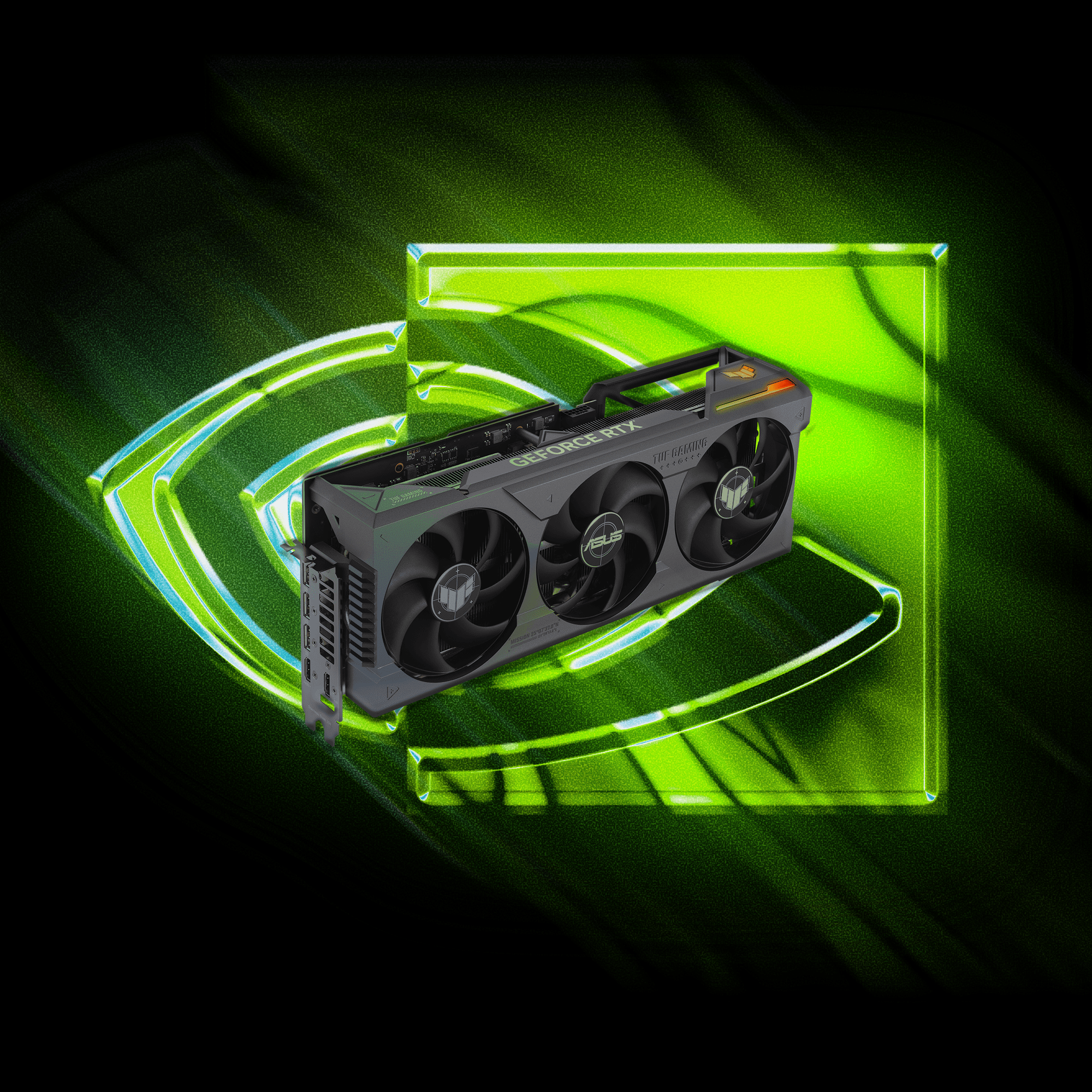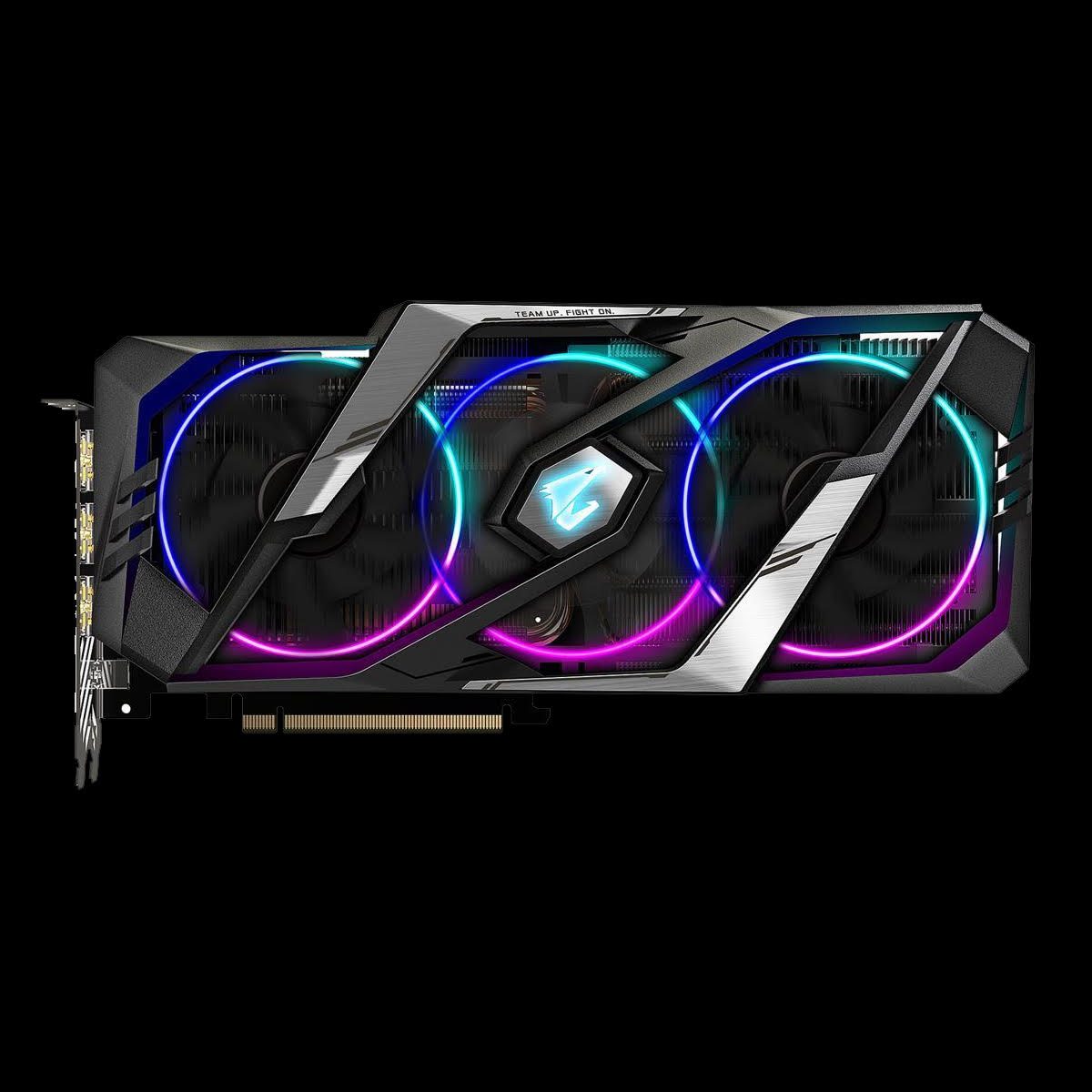Time to Take a Look:
Below you will see five of the absolute best 3090 cards available on the market! They all boast top of the line performance, excellent design and cooling. Check out the ASUS GeForce RTX 3090 ROG STRIX White Edition which is a particular fan favorite around here!
MSI GeForce RTX 3090 GAMING X TRIO 24G
Graphics Processor
GPU Name – GA102
GPU Variant – GA102-300-A1
Architecture – Ampere
Foundry – Samsung
Process Size – 8 nm
Transistors- 28,300 million
Die Size – 628 mm²
Graphics Card
Release Date – Sep 1st, 2020
Availability – Sep 24th, 2020
Generation – GeForce 30
Predecessor – GeForce 20
Successor – GeForce 40
Production – Active
Bus Interface- PCIe 4.0 x16
Clock Speeds
Base Clock – 1395 MHz
Boost Clock – 1785 MHz (+5%)
Memory Clock – 1219 MHz, 19.5 Gbps effective
Memory
Memory Size – 24 GB
Memory Type – GDDR6X
Memory Bus – 384 bit
Bandwidth – 936.2 GB/s
Board Design
Slot Width – Triple-slot
Length – 335 mm, 13.2 inches
Width – 140 mm, 5.5 inches
Height – 56 mm, 2.2 inches
TDP – 350 W
Suggested PSU – 750 W
Outputs – 1x HDMI 2.1, 3x DisplayPort 1.4a
Power Connectors – 3x 8-pin
Idle Fan Stop – Yes
Board Number – PG132 SKU 10

Graphics Features
DirectX – 12 Ultimate (12_2)
OpenGL – 4.6
OpenCL – 3.0
Vulkan – 1.3
CUDA – 8.6
Shader Model – 6.6
Render Config
Shading Units – 10496
TMUs – 328
ROPs – 112
SM Count – 82
Tensor Cores – 328
RT Cores – 82
L1 Cache – 128 KB (per SM)
L2 Cache – 6 MB
Theoretical Performance
Pixel Rate – 199.9 GPixel/s
Texture Rate – 585.5 GTexel/s
FP16 (half) performance- 37.47 TFLOPS (1:1)
FP32 (float) performance – 37.47 TFLOPS
FP64 (double) performance – 585.5 GFLOPS (1:64)

Graphics Features
DirectX – 12 Ultimate (12_2)
OpenGL – 4.6
OpenCL – 3.0
Vulkan – 1.3
CUDA – 8.6
Shader Model – 6.6
Render Config
Shading Units – 10496
TMUs – 328
ROPs – 112
SM Count – 82
Tensor Cores – 328
RT Cores – 82
L1 Cache – 128 KB (per SM)
L2 Cache – 6 MB
Theoretical Performance
Pixel Rate – 189.8 GPixel/s
Texture Rate – 556.0 GTexel/s
FP16 (half) performance – 35.58 TFLOPS (1:1)
FP32 (float) performance – 35.58 TFLOPS
FP64 (double) performance – 556.0 GFLOPS (1:64)
MSI GeForce RTX 3090 VENTUS 3X 24G OC
Graphics Processor
GPU Name – GA102
GPU Variant – GA102-300-A1
Architecture – Ampere
Foundry – Samsung
Process Size – 8 nm
Transistors – 28,300 million
Die Size – 628 mm²
Graphics Card
Release Date – Sep 1st, 2020
Availability – Sep 24th, 2020
Generation – GeForce 30
Predecessor – GeForce 20
Successor – GeForce 40
Production – Active
Bus Interface – PCIe 4.0 x16
Clock Speeds
Base Clock – 1395 MHz
Boost Clock – 1695 MHz
Memory Clock – 1219 MHz, 19.5 Gbps effective
Memory
Memory Size – 24 GB
Memory Type – GDDR6X
Memory Bus – 384 bit
Bandwidth – 936.2 GB/s
Board Design
Slot Width – Triple-slot
Length – 305 mm, 12 inches
Width – 120 mm, 4.7 inches
Height – 57 mm, 2.2 inches
TDP – 350 W
Suggested PSU – 750 W
Outputs – 1x HDMI 2.1, 3x DisplayPort 1.4a
Power Connectors – 2x 8-pin
Board Number – PG132 SKU 10
EVGA GeForce RTX 3090 FTW3 ULTRA GAMING
Graphics Processor
GPU Name – GA102
GPU Variant – GA102-300-A1
Architecture – Ampere
Foundry – Samsung
Process Size – 8 nm
Transistors – 28,300 million
Die Size – 628 mm²
Graphics Card
Release Date – Sep 1st, 2020
Availability – Sep 24th, 2020
Generation – GeForce 30
Predecessor – GeForce 20
Successor – GeForce 40
Production – Active
Bus Interface – PCIe 4.0 x16
Clock Speeds
Base Clock – 1395 MHz
Boost Clock – 1800 MHz (+6%)
Memory Clock – 1219 MHz, 19.5 Gbps effective
Memory
Memory Size – 24 GB
Memory Type – GDDR6X
Memory Bus – 384 bit
Bandwidth – 936.2 GB/s
Board Design
Slot Width – Triple-slot
Length – 300 mm, 11.8 inches
Width – 137 mm, 5.4 inches
TDP – 350 W
Suggested PSU – 750 W
Outputs – 1x HDMI 2.1, 3x DisplayPort 1.4a
Power Connectors – 3x 8-pin
Board Number – PG132 SKU 10

Graphics Features
DirectX – 12 Ultimate (12_2)
OpenGL – 4.6
OpenCL – 3.0
Vulkan – 1.3
CUDA – 8.6
Shader Model – 6.6
Render Config
Shading Units – 10496
TMUs – 328
ROPs – 112
SM Count – 82
Tensor Cores – 328
RT Cores – 82
L1 Cache – 128 KB (per SM)
L2 Cache – 6 MB
Theoretical Performance
Pixel Rate – 201.6 GPixel/s
Texture Rate – 590.4 GTexel/s
FP16 (half) performance – 37.79 TFLOPS (1:1)
FP32 (float) performance – 37.79 TFLOPS
FP64 (double) performance – 590.4 GFLOPS (1:64)

Graphics Features
DirectX – 12 Ultimate (12_2)
OpenGL – 4.6
OpenCL – 3.0
Vulkan – 1.3
CUDA – 8.6
Shader Model – 6.6
Render Config
Shading Units – 10496
TMUs – 328
ROPs – 112
SM Count – 82
Tensor Cores – 328
RT Cores – 82
L1 Cache – 128 KB (per SM)
L2 Cache – 6 MB
Theoretical Performance
Pixel Rate – 193.2 GPixel/s
Texture Rate – 565.8 GTexel/s
FP16 (half) performance – 36.21 TFLOPS (1:1)
FP32 (float) performance – 36.21 TFLOPS
FP64 (double) performance – 565.8 GFLOPS (1:64)
EVGA GeForce RTX 3090 XC3 ULTRA GAMING
Graphics Processor
GPU Name – GA102
GPU Variant – GA102-300-A1
Architecture – Ampere
Foundry – Samsung
Process Size – 8 nm
Transistors – 28,300 million
Die Size – 628 mm²
Graphics Card
Release Date – Sep 1st, 2020
Availability – Sep 24th, 2020
Generation – GeForce 30
Predecessor – GeForce 20
Successor – GeForce 40
Production – Active
Bus Interface – PCIe 4.0 x16
Clock Speeds
Base Clock – 1395 MHz
Boost Clock – 1725 MHz (+2%)
Memory Clock 1219 MHz, 19.5 Gbps effective
Memory
Memory Size – 24 GB
Memory Type – GDDR6X
Memory Bus – 384 bit
Bandwidth – 936.2 GB/s
Board Design
Slot Width – Dual-slot
Length – 285 mm, 11.2 inches
Width – 111 mm, 4.4 inches
TDP – 350 W
Suggested PSU – 750 W
Outputs – 1x HDMI 2.1, 3x DisplayPort 1.4a
Power Connectors – 2x 8-pin
Board Number – PG132 SKU 10
ASUS GeForce RTX 3090 ROG STRIX White Edition
Graphics Processor
GPU Name – GA102
GPU Variant – GA102-300-A1
Architecture – Ampere
Foundry – Samsung
Process Size – 8 nm
Transistors – 28,300 million
Die Size – 628 mm²
Graphics Card
Release Date – Sep 1st, 2020
Availability – Sep 24th, 2020
Generation – GeForce 30
Predecessor – GeForce 20
Successor – GeForce 40
Production – Active
Bus Interface – PCIe 4.0 x16
Clock Speeds
Base Clock – 1395 MHz
Boost Clock – 1695 MHz
Memory Clock – 1219 MHz, 19.5 Gbps effective
Memory
Memory Size – 24 GB
Memory Type – GDDR6X
Memory Bus – 384 bit
Bandwidth – 936.2 GB/s
Board Design
Slot Width – Triple-slot
Length – 319 mm, 12.6 inches
Width – 140 mm, 5.5 inches
Height – 58 mm, 2.3 inches
TDP – 350 W
Suggested PSU – 750 W
Outputs – 2x HDMI 2.1, 3x DisplayPort 1.4a
Power Connectors – 3x 8-pin
Idle Fan Stop – Yes
Board Number – PG132 SKU 10

Graphics Features
DirectX – 12 Ultimate (12_2)
OpenGL – 4.6
OpenCL – 3.0
Vulkan – 1.3
CUDA – 8.6
Shader Model – 6.6
Render Config
Shading Units – 10496
TMUs – 328
ROPs – 112
SM Count – 82
Tensor Cores – 328
RT Cores – 82
L1 Cache – 128 KB (per SM)
L2 Cache – 6 MB
Theoretical Performance
Pixel Rate – 189.8 GPixel/s
Texture Rate – 556.0 GTexel/s
FP16 (half) performance – 35.58 TFLOPS (1:1)
FP32 (float) performance – 35.58 TFLOPS
FP64 (double) performance – 556.0 GFLOPS (1:64)
Those are the specifications for all of these cards. They are top of the line and push out performance never seen before. You could not go wrong with any of these cards. If you like the aesthetics and colors you have to go with one of the MSI or the Asus parts. All the design elements they put in with the coloring and RGB is really top of the line and looks amazing! If you are just looking for next level performance in a sleek design the EVGA cards are bangers too! Grab one from us today and get your game on!




















Recent Comments